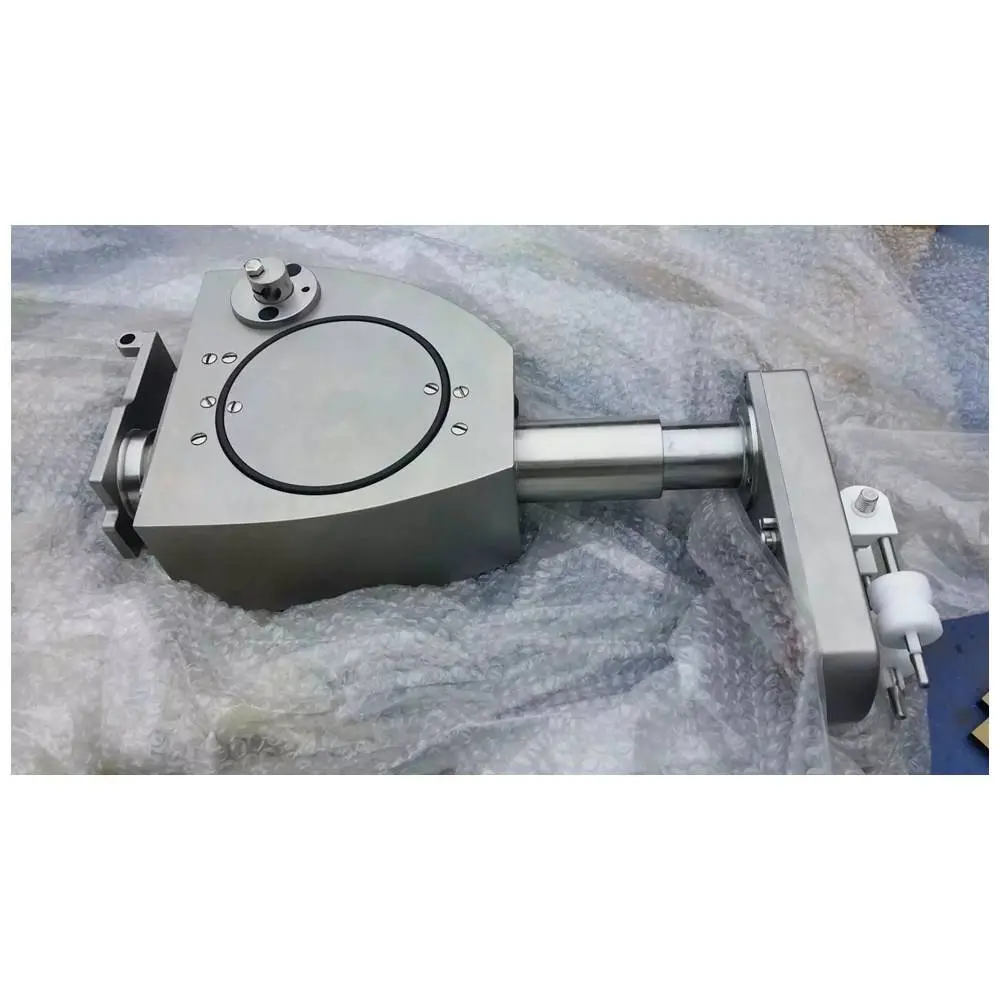
9月 . 09, 2024 21:34 Back to list
battering & breading machine
The Importance of Battering and Breading Machines in Food Production
In the world of food production, consistency and efficiency are paramount to success. One of the crucial processes that play a significant role in ensuring these qualities is the battering and breading of food items. Battering and breading machines are invaluable assets in the food processing industry, enabling manufacturers to produce high-quality products with minimal labor and time.
The Process of Battering and Breading
Battering involves coating food items, typically proteins such as chicken, fish, or vegetables, with a mixture of flour, water, and seasonings. This layer not only enhances the flavor but also helps to retain moisture during cooking, resulting in a tender and juicy end product. Breading, on the other hand, involves adding a crispy outer layer, usually made of seasoned breadcrumbs or cornmeal, which provides texture and visual appeal.
The combination of these two processes is essential for products like fried chicken, onion rings, and various fish dishes. Doing this manually can be labor-intensive and inconsistent, leading to variations in quality and texture.
Advantages of Using Battering and Breading Machines
Battering and breading machines are designed to streamline this process, offering several benefits that enhance production efficiency and product quality.
battering & breading machine

1. Consistency One of the primary advantages of automated battering and breading machines is the uniformity they provide. These machines ensure that each piece of food receives the same amount of batter and breading, resulting in consistent flavor and texture across batches. This consistency is vital for brands that want to maintain their reputation and customer satisfaction.
2. Speed and Efficiency Manual battering and breading can be a slow and cumbersome process, especially during peak production times. Machines can process large quantities of food in a fraction of the time, significantly increasing overall output. This efficiency is particularly beneficial for large-scale manufacturers who must meet high demand without sacrificing quality.
3. Labor Savings Automation reduces the need for manual labor, allowing food manufacturers to allocate their workforce more strategically. With machines handling repetitive tasks, employees can focus on higher-level operations, quality control, and other essential aspects of production.
4. Reduction of Waste Battering and breading machines are designed to minimize waste. They can accurately measure and apply the right amount of batter and breading, leading to less spillage and a more economical use of ingredients. This not only decreases costs but also promotes sustainability in food production.
5. Versatility Modern battering and breading machines are adaptable and can handle a variety of food products. Whether it’s delicate fish fillets or heartier meats, these machines can be adjusted to accommodate different shapes, sizes, and types of batter or breadcrumbs.
Conclusion
Incorporating battering and breading machines into food production lines represents a transformative step towards achieving greater efficiency and product consistency. As the demand for high-quality, ready-to-cook and ready-to-eat items continues to rise, these machines will play an increasingly vital role in the food industry. Embracing technology not only enhances operational effectiveness but also ultimately leads to improved customer satisfaction and business success.
Latest news
-
Premounted Side Disc for Efficient Operation - AI-Enhanced
NewsAug.04,2025
-
Pneumatic Clipping Machine - Shijiazhuang Bossin Machinery Equipment Co., Ltd.|Precision, Efficiency, Innovation
NewsAug.03,2025
-
Sausage Link Cutter JC999-03 | Fast & Precise Sausage Slicing Tool
NewsAug.03,2025
-
Pneumatic Clipping Machine- Shijiazhuang Bossin Machinery Equipment Co., Ltd.|Sausage Production Line, High Efficiency
NewsAug.03,2025
-
Pneumatic Clipping Machine - Shijiazhuang Bossin Machinery Equipment Co., Ltd.|Sausage Production Line, Efficient Meat Processing
NewsAug.03,2025
-
Pneumatic Clipping Machine-Shijiazhuang Bossin Machinery|Precision Efficiency
NewsAug.03,2025